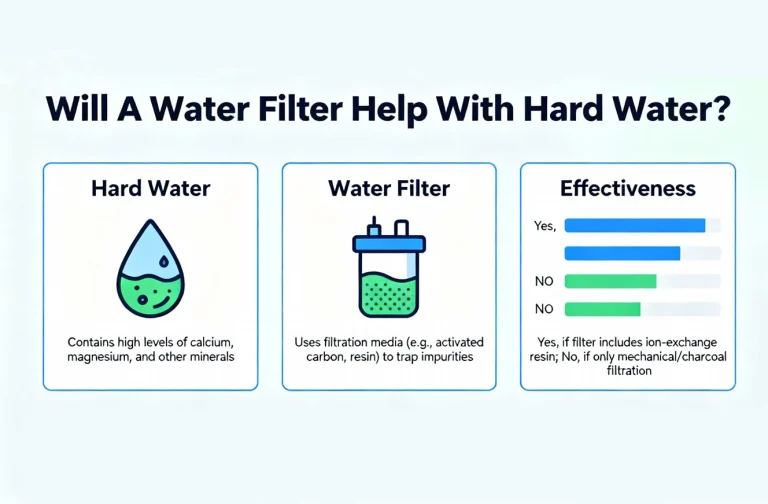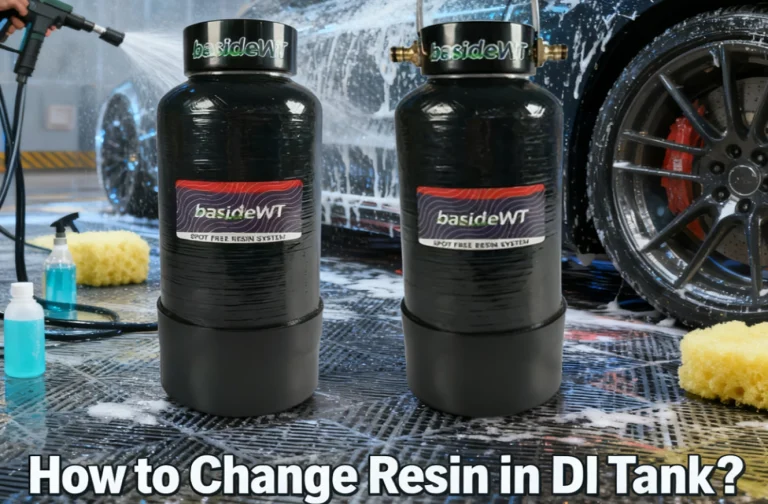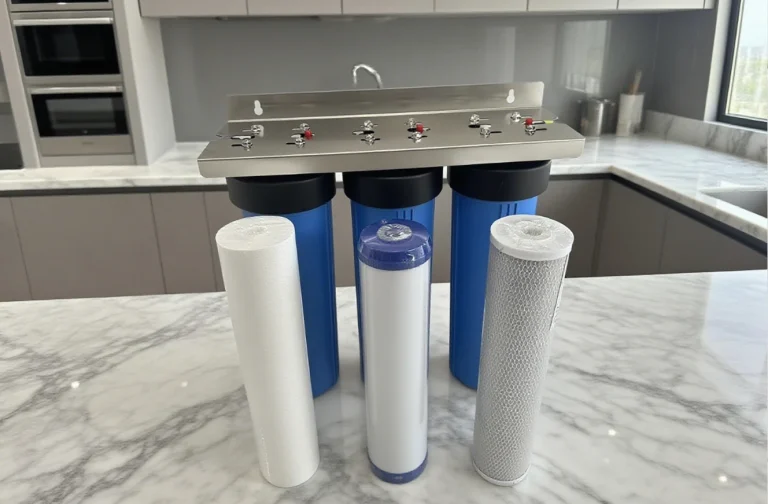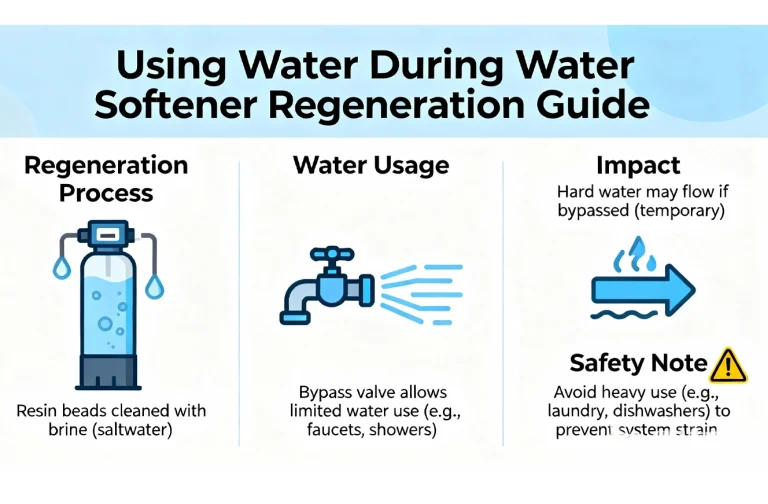BasideWT- Whole Home Water Filtration System & Replacement

What is the Difference Between Tap & Brackish Water Membranes?
1. Membrane Basics Explained Simply
Reverse osmosis membranes are semi-permeable barriers. They remove contaminants as water passes through.
But not all membranes work identically. Tap water and brackish water membranes serve different purposes. Their design differences impact performance significantly.
Think of them as specialized tools:
- Tap water membranes handle city/municipal supplies
- Brackish water membranes treat higher-salinity sources
Choosing wrong wastes money and causes premature failure.
2. Feed Water Sources: Where Each Membrane Excels
Tap Water Membrane Applications
These handle low-TDS (Total Dissolved Solids) water under 1,000 ppm. Common uses:
✔ Municipal tap water purification
✔ Residential RO systems
✔ Beverage production pretreatment
Brackish Water Membrane Applications
Designed for moderate salinity (1,000-10,000 ppm TDS):
✔ Well water with dissolved salts
✔ Estuary/river water treatment
✔ Light industrial wastewater
Key difference: Brackish membranes tolerate 3-5x higher salt concentrations than tap water membranes.
3. Technical Design & Performance Comparison
| Characteristic | Tap Water Membranes | Brackish Water Membranes |
|---|---|---|
| Operating Pressure | 40-100 psi | 150-250 psi |
| Salt Rejection | 90-98% | 98-99.5% |
| Average Flow Rate | 50-100 GPD* | 20-50 GPD |
| Membrane Spacer Thickness | Thinner (28-31 mil) | Thicker (34-47 mil) |
| Fouling Resistance | Moderate | High |
Why pressure matters: Brackish membranes need higher pressure to overcome osmotic pressure in saline water.
4. Operational Differences You Can’t Ignore
Tap Water Membrane Operation
- Lower energy consumption
- Compact residential use
- Frequent sanitization needed
Brackish Water Membrane Operation
- Requires high-pressure pumps
- Handles variable feed quality
- Tolerates periodic high TDS
⚠ Critical mistake: Using tap membranes for well water with 2,500 ppm TDS causes rapid scaling and 60% faster failure (Source: 2023 AMTA Membrane Failures Report).
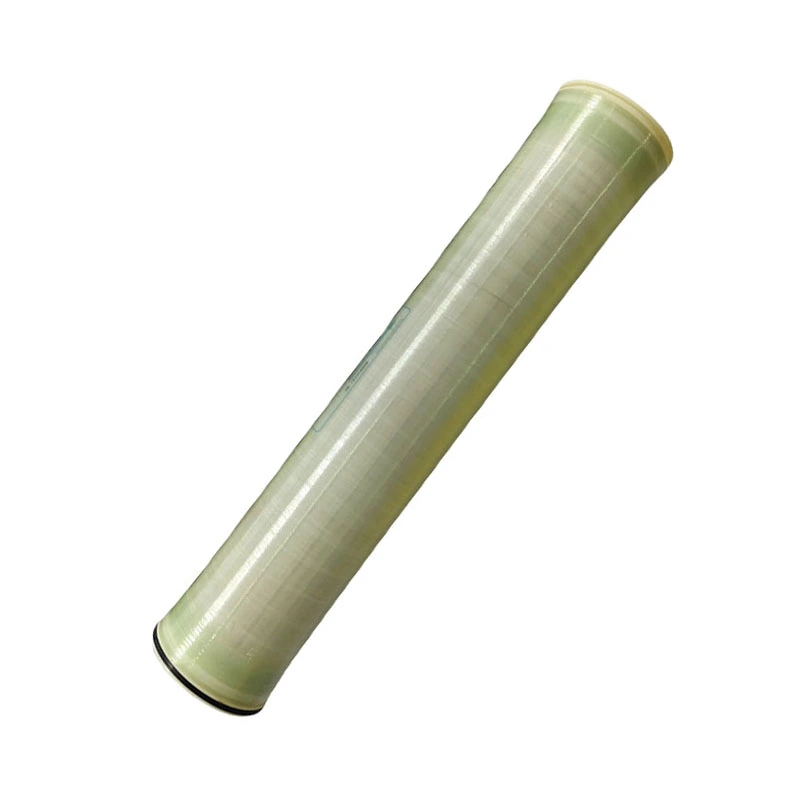
5. Cost & Maintenance Implications
Tap Water Membranes:
• Lower upfront cost ($50-$150)
• Replace every 2-3 years
• Minimal pretreatment needed
Brackish Water Membranes:
• Higher investment ($200-$600)
• Lasts 3-5 years with proper care
• Requires sediment + carbon prefilters
Surprisingly: Over 5 years, brackish membranes often cost less per gallon produced due to longer lifespan and higher efficiency in saline environments.
6. How to Choose: 5 Decision Factors
- Test your feed water TDS (under 1,000 ppm? Tap membrane suffices)
- Check pressure availability (brackish needs 150+ psi)
- Analyze contaminant profile (heavy metals? Brackish handles better)
- Calculate daily volume needs (brackish = lower flow rates)
- Verify system compatibility (housing size, fittings)
Pro Tip: In our 2024 Florida project, clients using tap membranes for brackish wells replaced elements 3x/year. Switching to brackish membranes cut replacements to 18-month intervals.
7. Maintenance Best Practices
For Tap Membranes:
- Monthly sanitization
- Annual replacement
- Monitor pressure drop
For Brackish Membranes:
- Quarterly cleaning cycles
- 3-5 year replacement
- Track salt passage %
Always:
• Install sediment prefilter
• Avoid chlorine exposure
• Monitor feed pressure
Key Takeaways:
| Factor | Tap Water Membranes | Brackish Water Membranes |
|---|---|---|
| Best For | Low-TDS (<1,000 ppm) | Medium-TDS (1,000-10,000 ppm) |
| Pressure Needs | Low (40-100 psi) | High (150-250 psi) |
| Lifespan | 2-3 years | 3-5 years |
| Cost Efficiency | Better for municipal water | Better for wells/estuaries |
Choose wisely: Matching membrane type to your water source prevents costly operational failures and ensures peak purification performance.


